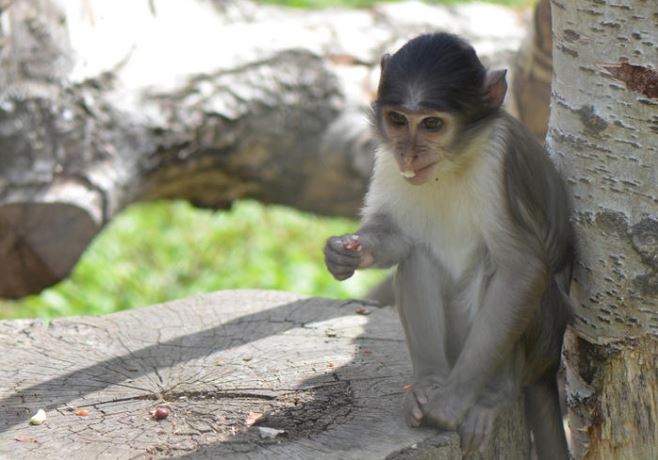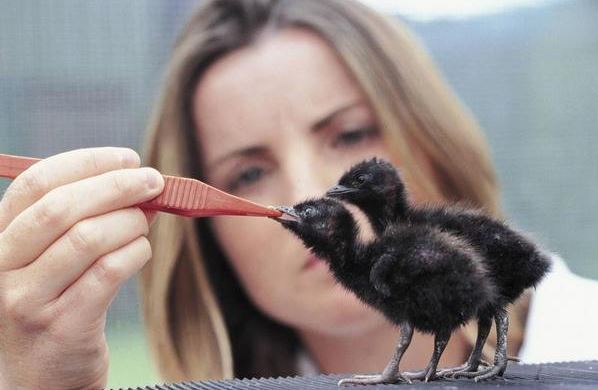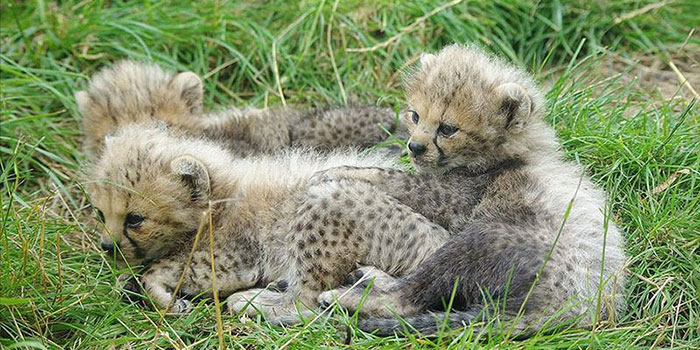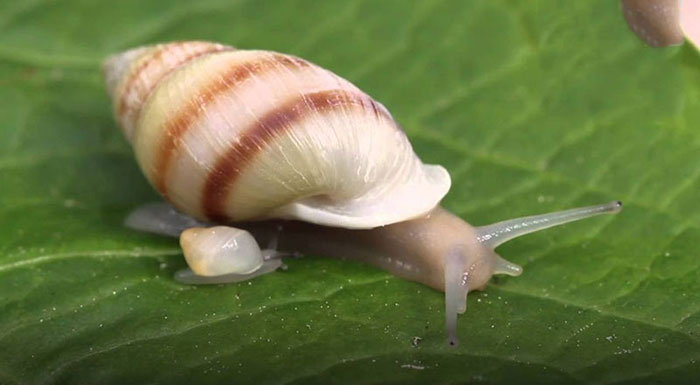In recent years, there has been a significant reduction in wildlife all over the world. This means drastic action has to happen in order to prevent any further loss of the earth's natural biodiversity. In the 21st century, UK zoos started to embrace some of the challenges and are now becoming an incredibly influential conservation force with many conversation projects underway to help combat the threats.
Zoos like Chester, London and others have put a considerable amount of time and effort into conservation and creation programmes, especially for endangered species. They do not work alone though, they are a part of an international conservation association supported by key organisations like the World Association of Zoos and Aquarium (WAZA) and European Association of Zoos and Aquarium (EAZA).
The significance of conservation has also been embedded in the third article of EAZA and in the World Zoo and Aquarium Conservation Strategy (WZACS) on a more global scale.
Moreover, in 2002, the importance of zoo conservation projects was included in the EU member states law when a Zoo Directive was ordered. Let's take a lot at the types of conservation programmes some of the bigger UK zoo are involved in and how successful they have been so far.
Conservation at London Zoo

The first successful project we will mention is undertaken by London Zoo and is based on Research and Management of a rare monkey species - the White-Naped Mangabey. This species can only be located in Guinean Rainforest in Ghana, West Africa. It has been classified as a severely endangered animal by the International Union for Conservation of Nature and Natural (IUCN), emphasising that its population number has declined by 50% in the past 25 years.
In 2007, The London Zoo received two female monkeys from the collection in Europe and a male from central Ghana, giving then a unique blood line. Historically, this animal species is known to have a higher neonatal death rate reproducing an unpredictable existence rate whilst in captivity. Hence, a successful creation programme was crucial supported by organisations such as Ape Rescue. The London Zoo has founded exact reproduction management strategies by keep thorough records. As a result, the zoo has gained improved reproduction knowledge, resulting in 5 new offspring to include the successful integration of and hand rearing.
The London Zoo carried out a detailed investigation for the EEP and their results were presented at a global scale and made a significant contribution to the Husbandry Guidelines. Since then the Zoo has written a care sheet for the British and Irish Association of Zoos and Aquariums (BIAZA) and become their chief advisor for hand rearing endangered mammals.
Species Recovery Programme for Corncrakes

Another successful conservation project at London Zoo is their Species Recovery Programme for Corncrakes. This was a coordinated effort between London Zoo and English Nature, and has resulted in the effective rearing and release of Corncrakes into the main lands of Britain, something that hasn't happened for around 50 years. The Corncake is the most endangered breed of bird in the UK; its numbers quickly reduced in the 19th century as a result of intensive farming.
Staff at the zoo intensively hand -reared these birds which involved hand feeding them every hour from 7am until 9pm in the first six months and managed to put together a successful creation protocol by utilising advice and information from their co-workers in Germany. Between 2002 and 2003, quite a few birds were let loose into a nature reserve in Cambridge. Plus, the staff were praised for sighting chicks being hatched out in the wilderness in 2003. This project still exists today and aims to release at least 100 birds into the natural environment every year.
Conservation at Chester Zoo
Now let's take a look at the conservation efforts made at Chester Zoo, the most visited zoo in the UK. Chester Zoo coordinate animal creation projects, and help other zoos to do much more for conservation and keep the highest standards.
Since 1990, their outreach team has drastically grown and now supports more than 60 projects worldwide each year based in various regions like the Philippines, China and Nigeria with an emphasis on these endangered species: Jaguars, Black Rhinos, Asian Elephants, Mascarenes Re Apes and Amphibians.
Cheetah Conservation Programme

Chester Zoo is currently involved in a cheetah conservation programme in Namibia. This successful project has been running for two years now and aims is to decrease the amount of conflict between livestock.
Research indicates that cheetahs are responsible for around 5% of livestock loss related to predators. In spite of this, they are still perceived as a big threat by local farmers.
The cheetah project has been collecting data about how cheetahs live in farms in Namibia to establish their home ranges and densities in order to pinpoint exactly where the conflict takes place. All the cheetahs are tracked with a GPS device fitted around their collars, and the project has already revealed that 3 of the male cheetahs are not preying on other livestock.
As a key player in this particular project, Chester Zoo is establishing new strategies to identify the cheetahs out in the wilderness by following their footprints. The footprint technique utilises digitalised images of cheetah footprints to develop a database that allows the stunning cat to be recognised in a non-invasive manner.
As part of this project, Chester Zoo has also been involved in developing a new technique to recognise cheetahs in the wild from their paw prints through the footprint identification technique (FIT). This technique uses digital images of the footprints to build a databank allowing the cats to be identified in a non-intrusive way.
Partula Snail Project

Chester zoo is also involved in the Partula Conservation Project, an international programme that involves the creation of 25 different species of Partula snails. Staff are taking part in field research in the Polynesia in France, where these snails can be located. There are now only 5 species of Partula snails left out of 61 because a predatory snail, Euglandina rosea, has extinguished all the rest from their own habitat. The only five remaining ones are now being carefully observed and protected with a view of reintroducing the Partula breed back into the islands in the future.